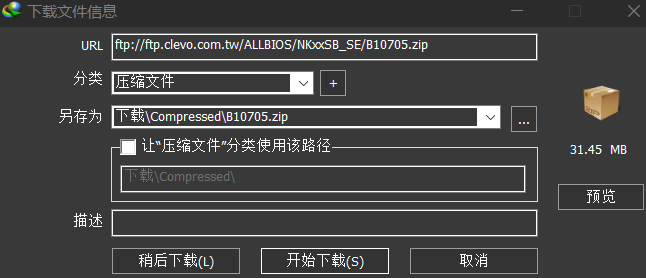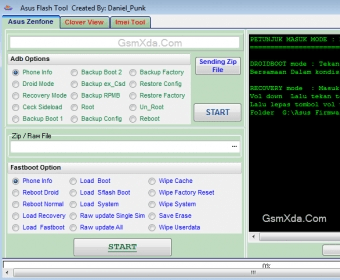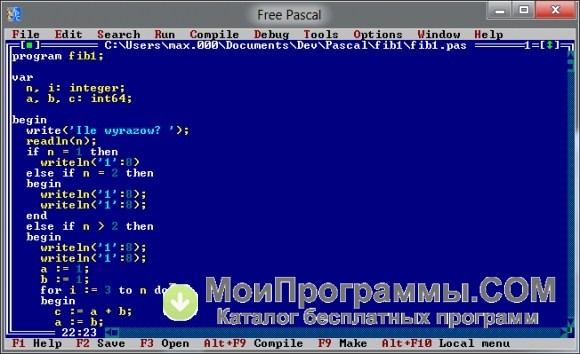

rom)Īward / Phoenix-Award BIOS update utilities tool/downloadįor AMIBIOS Core 7.xx or AMIBIOS8 (. UEFI/Aptio 4/Aptio V are not supported, go to ami.com to download the appropriate flash tool. The following utilities are recommended to update BIOSes with AMI core (. Reconnect to A/C, turn on the PC, enter the BIOS setup (mostly via "del" or "F2"), chose "Load Optimized Defaults" (or similar) and save/exit setup. Just download the appropriate zipped BIOS file, unpack it, rename it to something simple like bios.bin (Award, Phoenix - Award) or bios.rom (AMI, Phoenix) and use the suitable flash tool listed below.Īfter updating the BIOS successfully shut down the PC, disconnect the A/C power cable (or switch off power supply) and make a Clear CMOS. This website and it's owner is not responsible if you brick your motherboard! It is highly recommended to flash on DOS as flashing the BIOS on Windows is more risky.įlashing the BIOS happens on your own risk - be sure to download the right BIOS file and the suitable flash utility. If you're going to flash on Windows, close all applications.Your system components shouldn't be overclocked.Be sure to have the right BIOS update file / image for your mainboard.

Note: This page doesn't cover EFI/UEFI, all tools and recommendations are for classic BIOS. There are also non commercial tools, like UniFlash and flashrom, which are suitable for all brands of BIOSes. So it's not too complicated to figure out which BIOS update utility you need to flash your BIOS.

(AMI) or sometimes by Phoenix Technologies. In most cases BIOS cores were made by Award Software, American Megatrends Inc. Works for everyone, no more complicated install instructions.ĥ0% faster burns, simultaneous writing for multiple drives.Motherboard BIOS update / flash utilities Made with JS, HTML, node.js and Electron. Who said burning SD cards has to be an eyesore. Makes drive selection obvious to avoid wiping your entire hard-drive No more writing images on corrupted cards and wondering why your device isn't booting. So we built balenaEtcher, a SD card burner app that is simple for end users, extensible for developers, and works on any platform. To our surprise there was nothing out there that fitted our needs. There was a separate track for each Mac/Windows/Ubuntu and several manual and error prone steps along the way. Here at resin.io we have thousands of users working through our getting started process and until recently we were embarassed about the steps that involved burning an SD card.


 0 kommentar(er)
0 kommentar(er)
